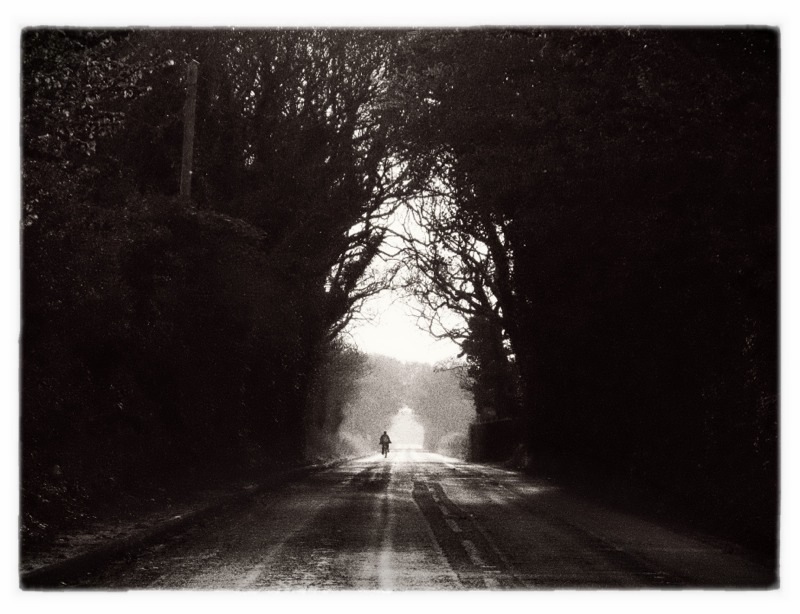kuuan
loves old lenses
I do not doubt the anecdotal evidence you mention about the preference for the rendering of certain cameras that happen to have older, lower signal-to-noise ratio CCD sensors.
The point is whatever advantage they posses is not related to how the semiconductor sensor array is designed and manufactured. The pin photodiode process is not unique to CCD or CMOS semiconductor arrays.
What may be unique are other properties of the total sensor design – especially the properties of the color filter array. The less the red, blue and green filters pass other frequencies than red, blue or green, the more closely the data (spatial electrical charge) matches the mathematical requirements of the Bayer interpolation algorithms. Unfortunately the total light energy is reduced as well. So the trade off is color rendering/tonality or more signal. Some brands went for signal-to-noise ratio while other brands choose rendering/tonality. In those early years consumers purchased brands with the properties they felt were important. This is not necessarily the situation right now.
Oddly I have not read many complaints about the rendering/tonality of Leica digital cameras with newer CMOS technology. I suspect this is because Leica uses high quality color-filter array technologies in both their older CCD and newer CMOS sensors.
thank you for that.
Obviously I know nothing about technicalities, but since you know very well, please let me ask in my very unscientific way:
May AA filters play a role in color rendition? Resp. the lack of AA filter of e.g. the M module and the 'new solution' of the Fuji-X which, if I understand right, also does without AA filter, possibly play a role in what is perceived as 'good' color rendition?
I remember a big difference when I changed from Pentax *istDs to K-x, incidently former using CCD, later CMOS. With the *istDs I could make out very distinct individual color renditions of different vintage lenses, to a point that, from the colors, I could tell which lens was used. On the K-x these differences could not or hardly be perceived. NEX5N, in this regard, is similar to the K-x, possibly a bit 'better', Ricoh M module without AA filter seems to show the differences of colors rendition of vintage lenses more pronounced again.
( the above personal observation seems to be somewhat backed by reactions to my photos: Images taken with the *istDs + Takumars, without exaggerating, had received dozens of comments mentioning wonderful colors. Some even wanted to find out my 'secret', it mostly had been pinned to the Takumars, some then bought a number of Takumars themselves. After I had started using K-x these comments pretty much disappeared. I should mention that I also had started to use more and more other than Takumar lenses then, specially since using mirrorless. Images taken with the GXR M receive more comments mentioning wonderful colors again.)
















